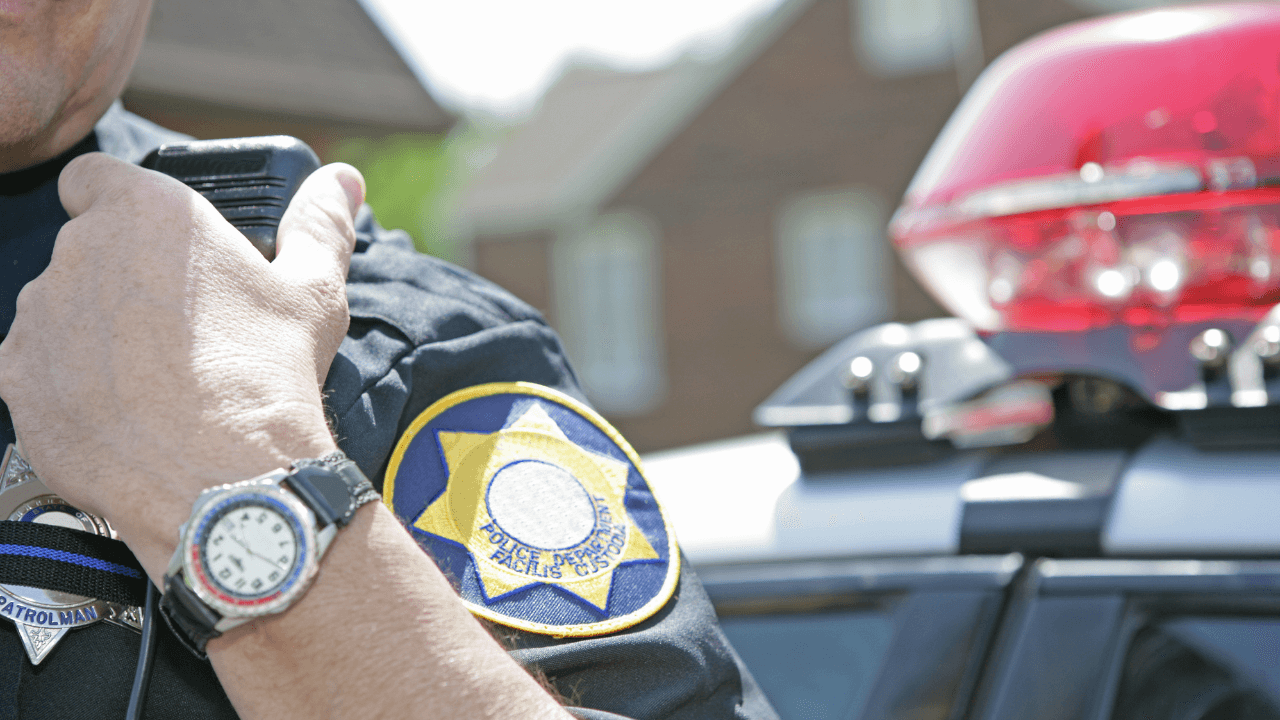Written By:
 Kent Ng
Kent Ng
Your Dedicated & Trusted Legal Team
3 Generations & 100+ Years of Combined Legal Experience

Maybe it’s happened to you: You’re walking on the street and minding your own business, when all of a sudden, a police officer walks up and engages you in conversation. What should you do in that situation? Do you have to respond or do what the officer says, or can you just walk away?
If you are unsure about how to interact with police officers in public areas, keep reading to learn your rights and responsibilities. In this article, we discuss the rules governing NYC police stops and detentions, different levels of police encounters, what to do if an officer approaches you on the subway or in public housing, and other topics you should know when interacting with police officers.
Police Stop vs. Detention
There are many reasons why a police officer might stop someone on the street, on a subway, etc., most of which have nothing to do with detaining the person. For example, the officer might want to ask them if they saw a fleeing suspect or noticed suspicious behavior.
For this reason, someone should never assume that they are being detained simply because an officer stopped them. If the officer wants to detain them, he or she must have a reasonable suspicion or probable cause to believe that a crime was committed.
“Reasonable suspicion” means that the officer has reason to think that a crime occurred, but they did not actually see any criminal behavior. For example, if an officer hears a gunshot, sees a victim fall, and then sees someone else running away, the officer could have reasonable suspicion that the person running was the one who shot the victim.
In this situation, the officer would have the right to detain that person and conduct an investigation. However, there would be no probable cause to arrest them unless the investigation produced more evidence that they were the shooter, because they could have been running away for some innocent reason (for example, because they were scared of the gunshot).
On the other hand, if the officer actually sees someone with a gun after hearing a gunshot, the officer would have probable cause to detain and possibly arrest them.
Level 1, 2, and 3 Police Encounters
Encounters between NYC police officers and civilians that fall short of arrest are categorized as level 1, level 2, or level 3, depending on the circumstances. In a level 1 encounter, the officer is merely inquiring about something, because they do not have reasonable suspicion that a crime was or was about to be committed. A level 2 encounter involves “mere suspicion,” which requires a greater level of evidence that something illegal happened or is about to happen but falls short of reasonable suspicion. Level 3 involves reasonable suspicion, and in that situation, the person being stopped is not free to leave.
After any of these encounters, if the officer wants to actually arrest someone, they must have probable cause to believe that the person committed a crime. This requires a higher level of evidence than that needed for a level 1, level 2, or level 3 stop. Whatever the case, the officer must articulate the evidence necessary to justify any kind of stop to their supervisor and possibly to a judge or jury if there is an arrest and a criminal trial.
For example, let’s say there was a stabbing victim two blocks away, and an officer gets the call. He arrives at the scene with only a vague description of the possible suspect. However, he then sees someone with fresh-looking blood on his hand. At that point, he could have mere suspicion to question that person. However, he would not have reasonable suspicion to detain or probable cause or arrest them unless other evidence presented itself, because the blood could have gotten there some other way.
Police Stops on a Subway or in Public Housing
If an officer stops someone on a subway or in public housing, the same basic rules apply. For example, if an officer is patrolling a housing project, they would perform what is referred to as a “vertical”, typically riding the elevator to the top floor and taking the stairs down, searching floor by floor.
Let’s say the officer starts on the 18th floor, and when he gets to the 16th floor, there’s someone sitting on the stairs. That is arguably suspicious, because the person could be doing drugs or urinating, for example. Although they could be innocent, the officer can question them and require them to answer, because normally people do not sit on the staircase in public housing unless they have done something illegal or are planning to.
When You Can and Can’t Walk Away
In a nutshell, you can walk away if the officer merely asks you something but does not have reasonable suspicion that you committed an illegal act. A patrol officer, whether they are in uniform or undercover, engages with the general public under a variety of circumstances. It could be just a regular, non-suspicious engagement, like “How was your day?” or “What are you doing on this corner?” In these situations, you do not have to answer the officer’s questions or remain on the scene.
For example, if someone walks out of a liquor store with a beer bottle in a brown bag, an officer could say, “Good morning, how are you?”, and the person could ignore that and walk away because the bottle isn’t open, so there is nothing illegal. Just because an officer asks a question does not mean the person has to answer. By contrast, if they walk out of a store with a beer bottle open, they cannot walk away because they just committed a violation.
Here is a real-life example: There was a bodega in a known drug location, meaning there were drug sales and arrests in the past and drug paraphernalia on the floor that we observed. One day I saw a gathering of people at this location, but they weren’t doing anything suspicious. They were just talking amongst themselves. Although they knew their rights, they didn’t want any trouble, so they left the area voluntarily, which they had the right to do.
In the end, it’s best to comply with an officer’s quest, even if someone has the right to walk away. It’s a courtesy thing, and I would say that 90 percent of the general public complies. And I don’t think any law enforcement officer would stop someone and be so rude and aggressive that they would make them stay without reasonable suspicion.

Latest from Our Blog



Editorial Standards
Rosenblum Law is committed to delivering informative content of the highest quality. All content is subject to our rigorous editorial standards for relevance, accuracy, sourcing, and objectivity. Everything is fact-checked by an editor and reviewed for legal soundness by one of our practicing attorneys prior to being published.
How to Cite Rosenblum Law’s Article
APA
Kent Ng (Nov 18, 2021). 14 Ways to Get the Most from Your Accident Claim. Rosenblum Law Firm, https://rosenblumlaw.com/14-ways-to-get-the-most-from-your-accident-claim/
MLA
Kent Ng "14 Ways to Get the Most from Your Accident Claim". Rosenblum Law Firm, Nov 18, 2021. https://rosenblumlaw.com/14-ways-to-get-the-most-from-your-accident-claim/








